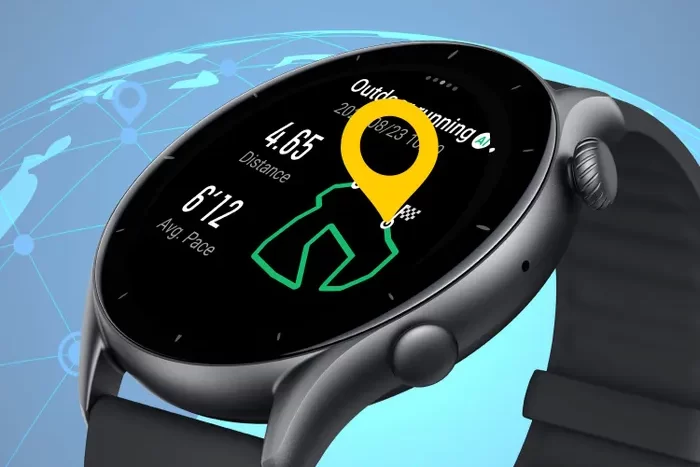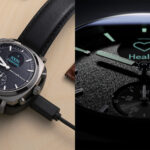Global Positioning System (GPS) technology has revolutionized the functionality of modern watches, transforming them into powerful tools that extend far beyond simple timekeeping. Here’s a look at the multifaceted role of GPS in contemporary watches and how it enhances user experience across various domains.
1. Accurate Location Tracking
One of the primary functions of GPS in watches is precise location tracking:
- Real-Time Positioning: GPS enables users to determine their exact location anywhere in the world, making it invaluable for outdoor activities like hiking, running, and cycling.
- Navigation and Route Planning: Users can receive turn-by-turn navigation on their wrists, helping them explore new areas without the need for a smartphone or paper maps.
2. Fitness and Activity Monitoring
GPS has become a cornerstone in fitness-focused smartwatches:
- Track Workouts: GPS allows for accurate tracking of distance, speed, and pace during various activities, providing users with detailed insights into their performance.
- Route Replay: Many fitness watches store previous routes, enabling users to revisit favorite trails and monitor their progress over time.
3. Safety Features
GPS technology enhances personal safety in several ways:
- Emergency Location Sharing: Some watches can send real-time location data to emergency contacts, allowing for quick response in case of accidents or emergencies.
- Geofencing: Users can set up virtual boundaries, receiving alerts if they stray outside designated areas—useful for parents monitoring children or for personal safety during outdoor activities.
4. Travel and Navigation Assistance
GPS-equipped watches provide significant benefits for travelers:
- Multi-Language Navigation: Many models offer navigation assistance in various languages, making it easier for travelers to navigate unfamiliar cities.
- Points of Interest (POI): GPS can display nearby attractions, restaurants, and services, enriching the travel experience by helping users discover local gems.
5. Integration with Smart Features
The synergy of GPS with other smart features enhances usability:
- Fitness Apps and Ecosystems: Many smartwatches sync with fitness and health apps, allowing users to analyze their performance data, set goals, and receive personalized recommendations based on GPS data.
- Location-Based Alerts: Smartwatches can send notifications or alerts based on the user’s location, such as reminders to check in at a specific venue or alerts for nearby points of interest.
6. Adventure and Outdoor Exploration
For outdoor enthusiasts, GPS watches are indispensable:
- Topographical Mapping: Some advanced models offer detailed topographical maps, enabling users to navigate complex terrains like mountains and forests with ease.
- Waypoint and Trail Management: Users can mark waypoints, track trails, and retrace their steps, enhancing safety and navigation during adventures.
Conclusion
GPS technology has significantly transformed modern watches into sophisticated devices that offer much more than timekeeping. From accurate location tracking and fitness monitoring to safety features and travel assistance, GPS plays a pivotal role in enhancing the functionality and user experience of contemporary watches. As technology continues to advance, we can expect even greater integration of GPS capabilities, further solidifying the role of watches as essential tools for daily life, adventure, and health management.



